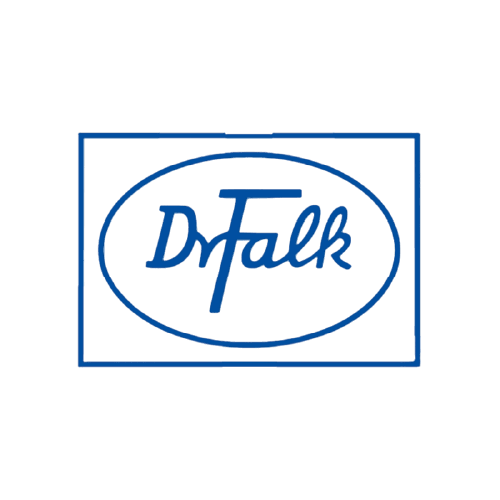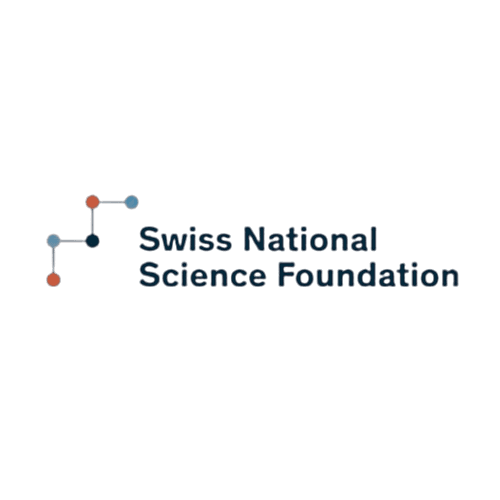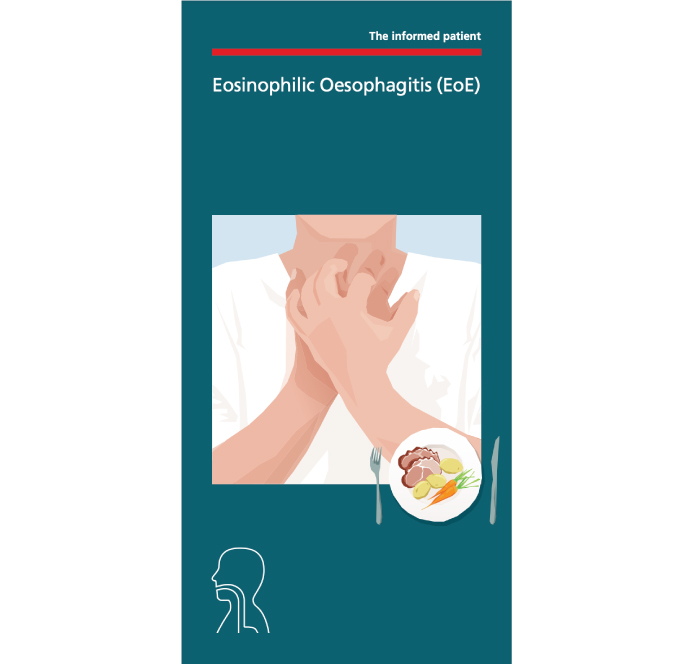EOSINOPHILIC ESOPHAGITIS (EoE)
Eosinophilic esophagitis (EoE) was first described in 1993 by Alex Straumann, Switzerland, and Stephen Attwood, United Kingdom.
The diagnosis is based on the presence of esophageal symptoms, in adults mostly swallowing difficulties (dysphagia, pain), and a dense eosinophilic infiltration in esophageal biopsies (≥15 eosinophils per 400-fold magnification under the microscope).
Normally, the esophagus is devoid of eosinophils. If left untreated, EoE leads to a narrowing of the esophageal caliper with worsening of symptoms and, in extreme cases, complete blockage of the ingested food. Food allergens (proteins found in milk, wheat, egg, soybean, nuts, and seafood) play a major role as culprit factors. EoE is observed with increasing frequency in Europe and North America; currently roughly one in every 2,000 inhabitants is affected by EoE. Active EoE has a major impact on quality of life of affected patients.

To learn more about EoE please read the patient brochure:
The Swiss EoE Cohort is supported by the following entities:







